Euteleostei
This large taxon contains all teleosts besides the Osteoglossomorphs, Elopomorphs, and Ostarioclupeomorphs. Let's dive in, shall we?
Protacanthopterygii
Well...we still have a huge group of fishes...but at least the Protacanthopterygians exclude Neoteleostei. This leaves us with four large orders. Fortunately, Nelson has given them all equal footing in his classification as opposed to the different hierarchies listed elsewhere.
Argentiniformes: Marine Smelts
This order has epibranchial organs (also known as crumenal organs), located behind the fifth gill arch. Sources are iffy and unhelpful as to what this does, but it seems to act in respiration or feeding. Other non-Argentiniforms have this organ as well, but no other group has it as well-defined. Pretty much all of the fishes in this group are found in deep waters.
Argentinoidei
These fishes have small mouths, forked tails, and usually an adipose fin (exciting, I know).
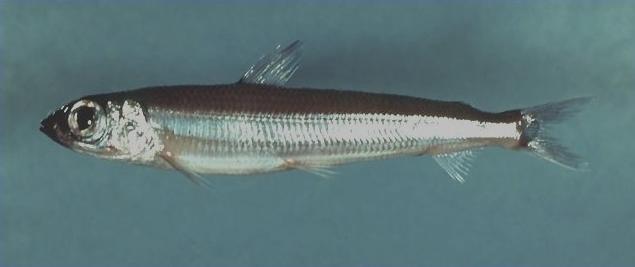
Argentinidae: Argentines, Herring Smelts
These fishes may look similar to the smelts in Osmeridae, but they have much smaller mouths (see, that character I just told you came in handy). They also have non-tubular eyes. So...eyes.
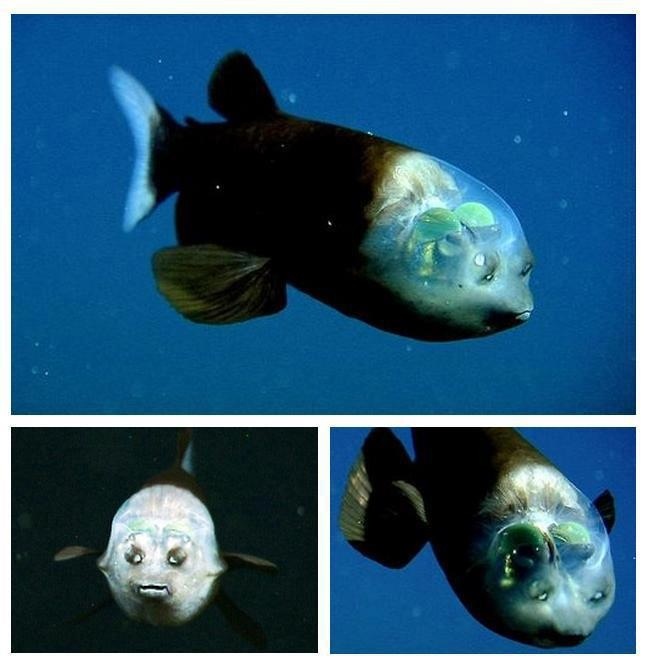
Opisthoproctidae: Barreleyes, Spookfishes
These creepy-looking dudes get their name from their tubular eyes. These eyes are contained in a transluscent dome, and allow the fish to stare upwards to look for prey. To make matters weirder, these fishes can actually maneuver their eyes to point forwards as well!
A couple notes about the picture: It may look computer generated, but that's the real fish! HERE is a video taken from a sub! Second, although you might assume the eyes are those forward-facing objects, those are the nostrils. The eyes are actually the green orbs inside the skull!

Microstomatidae: Pencilsmelts
These fishes are either skinny or super skinny, depending on which subfamily they are found in. Some have big eyes, some have tubular eyes. They work with what they've got.
Alepocephaloidei
These fishes have a posteror dorsal fin and lack the adipose fin.
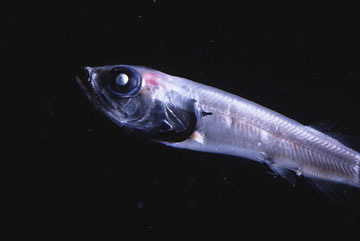
Platytroctidae: Tubeshoulders
Why the heck is this fish called the tubeshoulder? I'll tell you why: it has a tube, on its shoulder! This tube is connected to a dark colored sac that produces a luminous blue-green fluid! I wish I knew what it was for, but alas I do not.

Bathylaconidae: Bathylaconids
These long fishes have big mouths that extend behind the eyes. That's about it.

Alepocephalidae: Slickheads
These fishes get their name from the lack of scales on their head, hence its slickness.
Osmeriformes: Freshwater Smelts
Though they are known as freshwater smelts they live in saltwater. However, almost all species return to freshwater to spawn. They do not have protrusible jaws, but have an adipose fin.
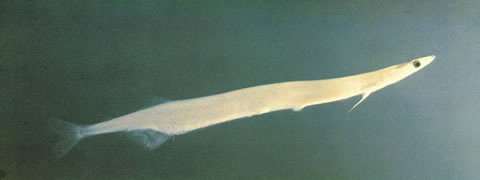
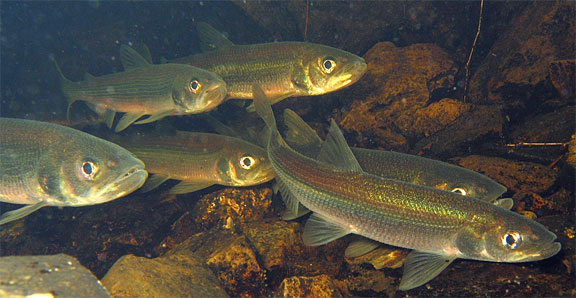
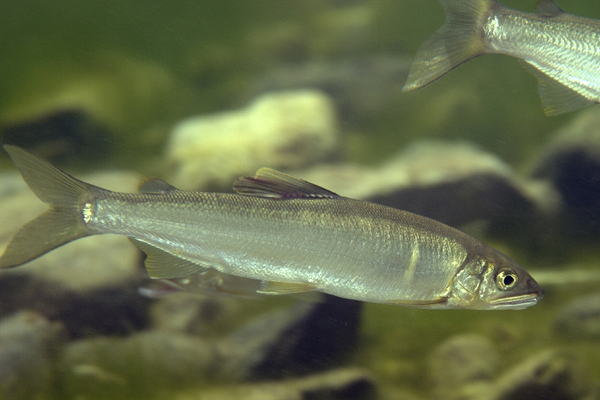
Osmeridae: Smelts
These smallish fishes are marine but breed in freshwater, as stated above. They are often eaten by their semi-relatives the salmonids (see below). It is rumored that their name comes from the infamous phrase, "He who smelt it, dealt it." Just kidding! Nelson has grouped two other families within this one, because I think he felt bad about how boring the Osmerids are.
- Pleccoglossidae: There is only one species Plecoglossus altivelis, known as the Ayu in Japan. It is differentiated from other members of the family by its over abundance of pyloric caeca (finger-like gut processes where enzymes are produced and nutrients digested).
- Salangidae: These are known as the noodlefishes, because they are extremely long and skinny (like a NOODLE). They have transparent/transluscent bodies and lack scales.

Retropinnidae: New Zealand Smelts
These fishes are obviously found around New Zealand as well as Australia. They have a rough, "horny" keel midventrally, and retain only the left gonad. According to Nelson (who is a very reliable source), this fish is known to smell like CUCUMBERS when captured. How weird is that?
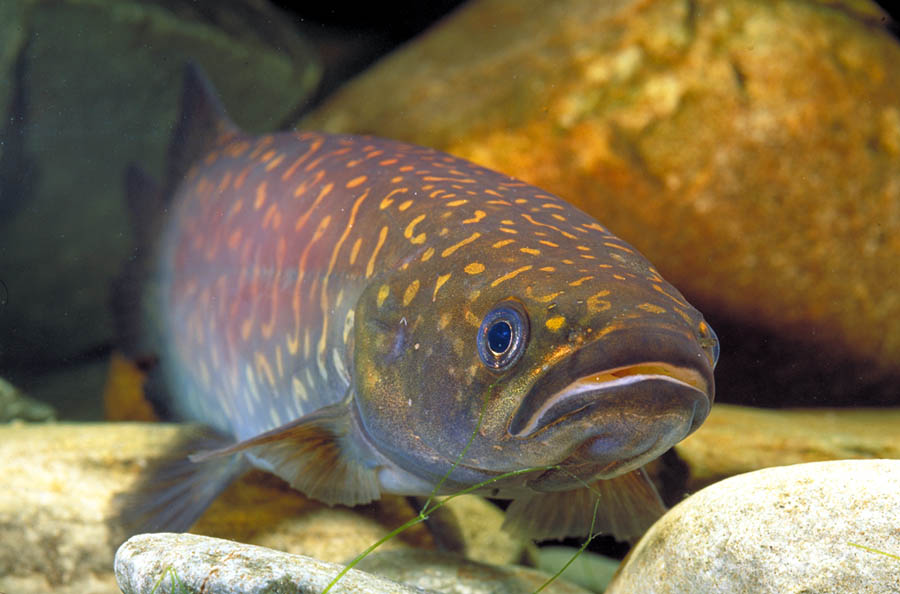
Galaxiidae: Galaxiids
These fishes are also found mainly in New Zealand and Australia, but are also found throughout the Southern Hemisphere in other locations. They have a lateral line but lack scales. Nelson has grouped the family Lepidogalaxiidae within the Galaxiids, so here's some more info for you!
Nelson has grouped the family Lepidogalaxiidae within the Galaxiids, of which there is only one species, Lepidogalaxias salamandroides. This fish does not have eye muscles, so instead of rotating its eyes, it can use its flexible neck to move its head down or sideways. It burrows in sand during drought and is able to absorb oxygen through its skin.
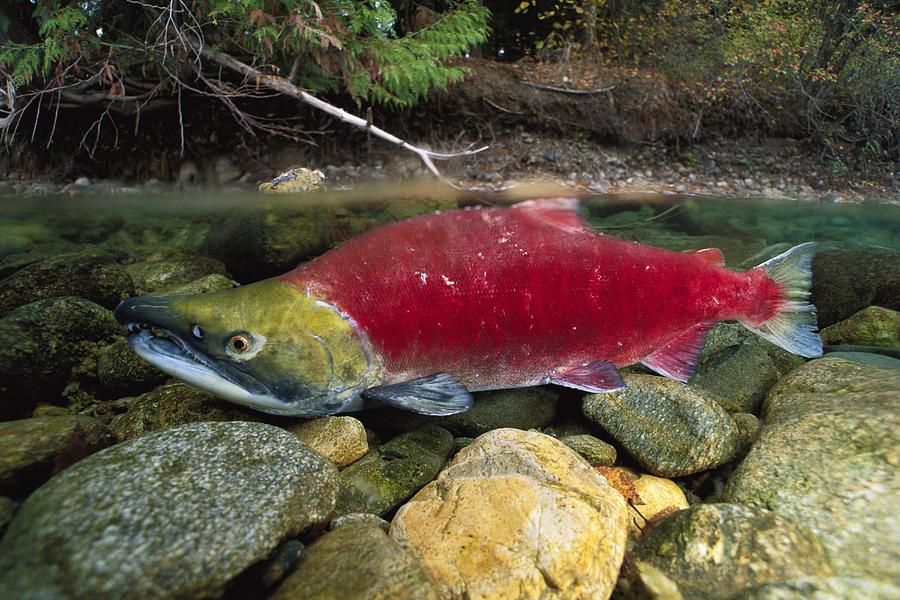
Salmoniformes: Trouts
This is definitely a group of fishes familiar to most people. The salmoniforms contain only one family, Salmonidae. They have posterior pelvic fins, an adipose fin (recognizable to anyone who took Vertebrate biology at Cornell), and live an anadromous lifestyle (live in the sea but come to freshwater to spawn). Some species are semelparous, meaning they only spawn once, then immediately die. Morbid! The genus Thymallus is recognized by its parallelogram-shaped dorsal fin. The majority of foodfishes in this family are in Salmonidae, such as the salmons, trouts, and chars. The species Salvethymus svetovidovi is the only member of its genus and is only found in Lake El’gygytgyn in Siberia, which was formed by a meteorite strike approximately 3.5 million years ago!
Esociformes: Pikes
This order of fishes have posteriorly placed dorsal and anal fins and lack an adipose fin. Nelson suggests that the two families should be rearranged, but believed further work was necessary to determine which genera go where.
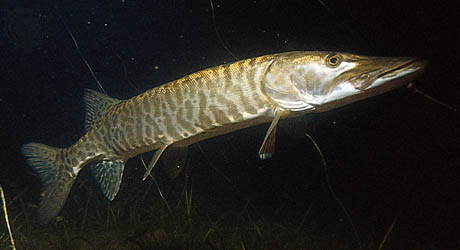
Esocidae: Pikes
There is one genus, Esox. These predatory fishes have a duckbill-shaped mouth full of teeth. The elongate body and posteriorly placed fins indicates that these are ambush predators, waiting motionless for prey, then striking without warning! My personal favorite is the Muskellunge (Esox masquinongy), also known as the Musky, which can reach 1.4m.
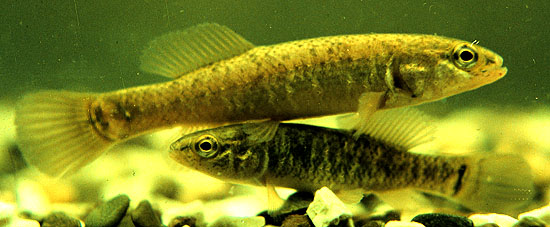
Umbridae: Mudminnows
These much smaller fishes (20cm) do not have the pronounced snout of the pikes. And that's all I have to say about that.
Neoteleostei
This group includes the rest of the fishes, all the way up to the tips of the Actinopterygian tree! They are united by a couple of well-defined musculoskeletal characteristics, which I won't get into here.